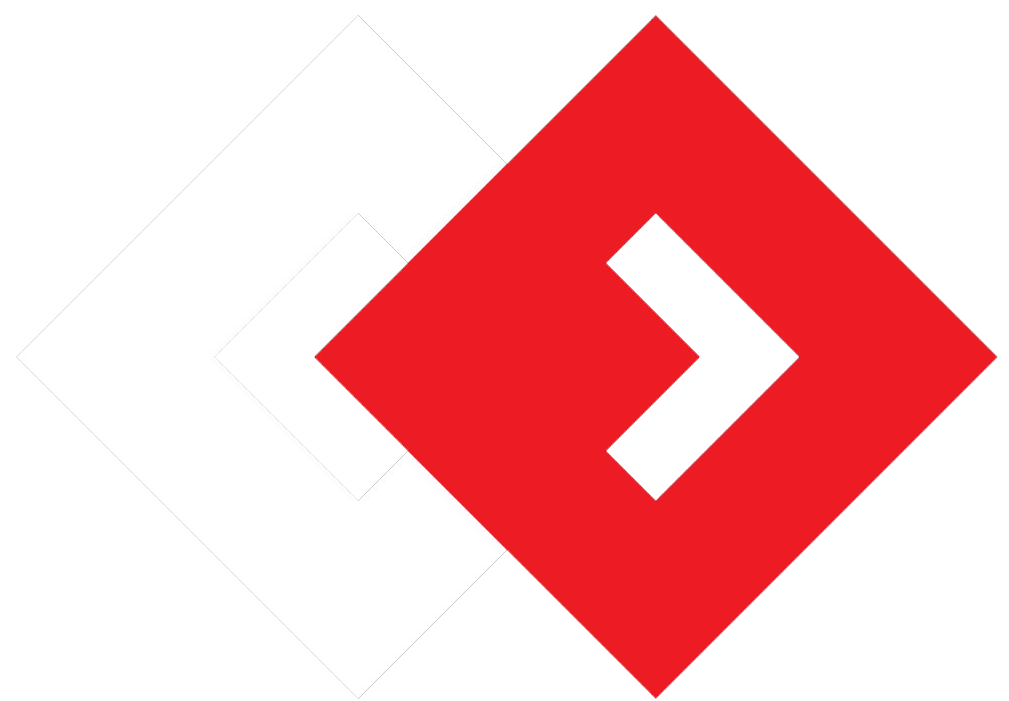Discover a proven framework to choose the right arrangement for your team—and boost productivity and morale
The modern workplace is in the midst of a seismic shift. From remote work becoming mainstream to asynchronous models rising in popularity, the traditional 9-to-5 model no longer fits every team—or every leader.
As organizations navigate the post-pandemic world, the real challenge isn’t just adapting to change—it’s knowing how to make intentional decisions about what kind of work model will help your people thrive.
In this article, we explore six emerging work arrangements and introduce the Flex Fit Leadership Framework, a decision-making tool to help leaders identify and implement the right approach for their teams.
Why This Matters: Productivity, Retention, and Competitive Edge
Companies that embrace flexibility don’t just keep their employees happier—they also outperform competitors. According to Gartner, 43% of employees said flexibility in when and where they work helped them achieve greater productivity. The same study found flexible organizations see up to a 25% increase in employee retention.
But not all work arrangements are created equal—and the right fit depends on your team, your culture, and your operational demands.
6 Flexible Work Models to Know
Here’s a breakdown of six flexible work arrangements gaining traction today, along with their key pros and cons.
1. Compressed Work Week
- What it is: 40 hours over 4 days instead of 5, giving employees a 3-day weekend.
- Benefits: Boosts morale, improves focus, reduces burnout, and cuts commuting time.
- Challenges: Long daily hours can lead to fatigue. Limited availability may affect client service or team coordination.
2. Remote or Hybrid Work
- What it is: A mix of in-office and remote work.
- Benefits: Expands talent pools, reduces real estate costs, supports work-life balance.
- Challenges: Requires clear systems to preserve culture and communication. Can create inequities between in-office and remote staff.
3. Flexible/Core Hours
- What it is: Employees choose their hours within a required daily or weekly window.
- Benefits: Offers autonomy and supports caregivers or those with long commutes.
- Challenges: Can complicate scheduling and reduce team overlap for real-time collaboration.
4. Job Sharing
- What it is: Two employees share one full-time role.
- Benefits: Increases diversity of ideas and enables better work-life balance.
- Challenges: Requires strong coordination. Accountability can become unclear if not well-structured.
5. Results-Only Work Environment (ROWE)
- What it is: Success is measured entirely by output—not hours worked.
- Benefits: Promotes trust and autonomy, ideal for high performers and creative roles.
- Challenges: Difficult for roles requiring real-time collaboration or oversight. Success depends on leadership’s ability to manage by outcomes.
6. Asynchronous Work
- What it is: Employees work on their own schedules, with little or no real-time communication.
- Benefits: Encourages deep focus and global collaboration across time zones.
- Challenges: Miscommunication risks rise. Requires a documentation-first culture and strong clarity around expectations.
The Flex Fit Leadership Framework: A Smarter Way to Choose
Rather than picking a model based on trends or employee demand alone, use the Flex Fit Leadership Framework to make intentional, strategic decisions. Here are four key factors to consider:
1. Function
Ask: What kind of work do we actually do—and what does it require? If your team handles client-facing roles, manufacturing, or mission-critical real-time decisions, some models may be incompatible.
2. Leadership Readiness
Ask: Am I prepared to lead with trust over control? Flexible models demand a mindset shift. You’ll need to master clear communication, coaching, and performance management from a distance.
3. Employee Needs
Ask: What do my people value most—flexibility, stability, autonomy? Employee surveys or stay interviews can reveal what matters most and inform your choices.
4. Execution and Metrics
Ask: How will we measure success? Performance must be tied to outcomes, not activity. Set clear KPIs and ensure employees know what’s expected—whether they’re in the office or not.
Implementing Your New Work Model: Best Practices for Success
Once you’ve selected a model, here’s how to implement it effectively.
✅ Pilot First
Start small with one team or a few individuals. This minimizes risk and allows space to troubleshoot early.
✅ Set Clear Expectations
Define what success looks like—and what it doesn’t. Make roles, responsibilities, and communication protocols explicit.
✅ Gather Feedback
Regularly check in with your team. What’s working? What’s not? Use surveys or informal chats to collect honest input.
✅ Refine and Expand
Iterate before scaling. Once you’ve worked out the kinks, expand your model across the organization—or tailor it further by department.
Final Thoughts: Flexibility Is the Future
The companies that will thrive in the next decade aren’t the ones clinging to legacy systems. They’re the ones embracing change—intelligently, intentionally, and in alignment with their people and mission.
By understanding the spectrum of flexible work models and using the Flex Fit Leadership Framework, you can build a workplace that empowers employees and drives results.
What’s Next?
Want to explore which work model is right for your organization? Here are a few ways to continue the conversation:
- 🔍 Comment below: What work model is your team using now—and how’s it going?
- 📩 Message me directly if you’re interested in a tailored Flex Fit consultation.
- 📥 Download the Flex Fit Quick Guide PDF: A printable reference for leadership teams.
About the Author
Scott McCarthy is a leadership expert and organizational strategist helping companies adapt to the future of work. As the host of the Peak Performance Leadership podcast and a senior Canadian Army officer, he combines boots-on-the-ground experience with proven frameworks to help leaders thrive in complexity. Connect with me here on LinkedIn or visit MovingForwardLeadership.com to learn more.
